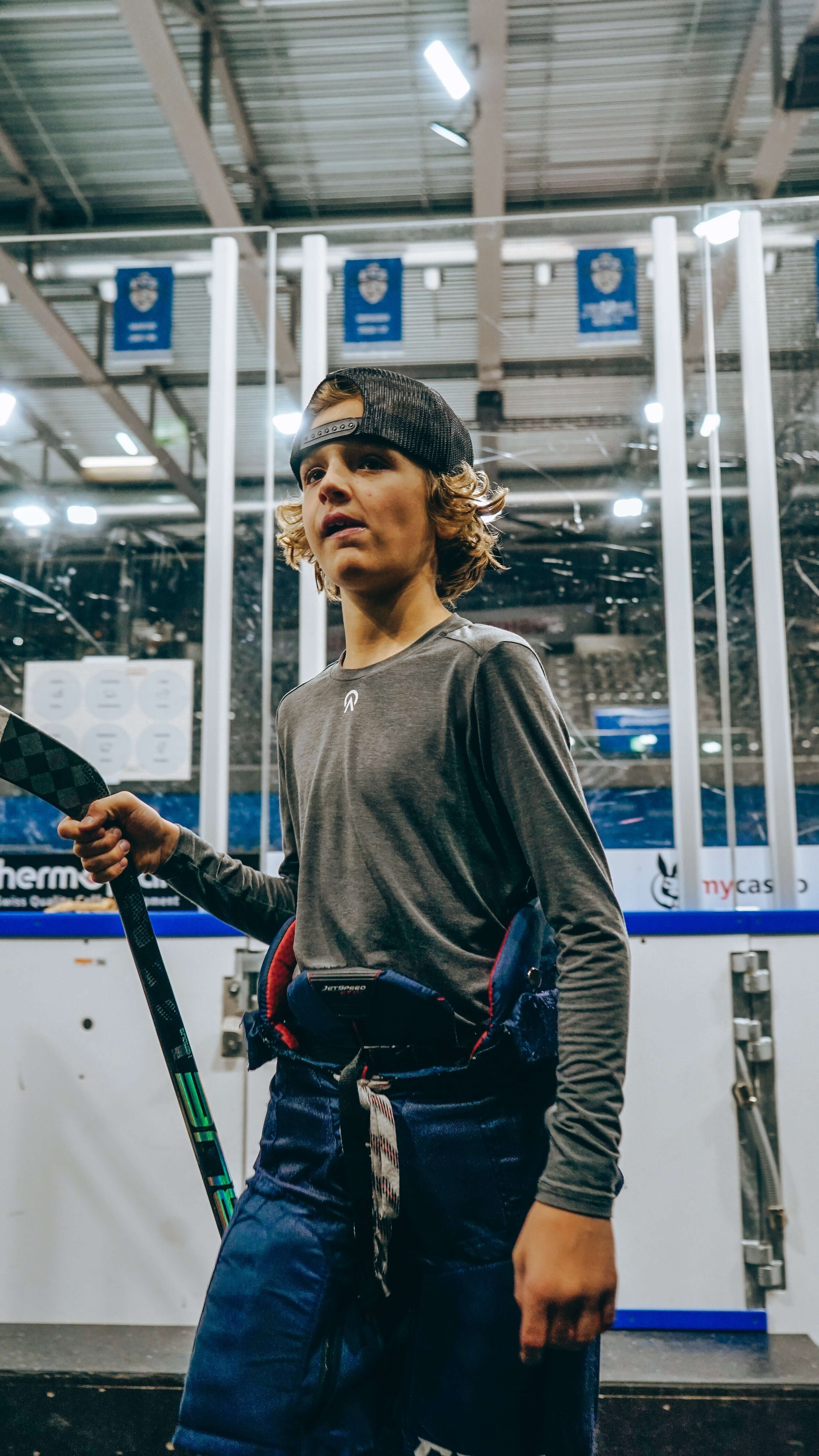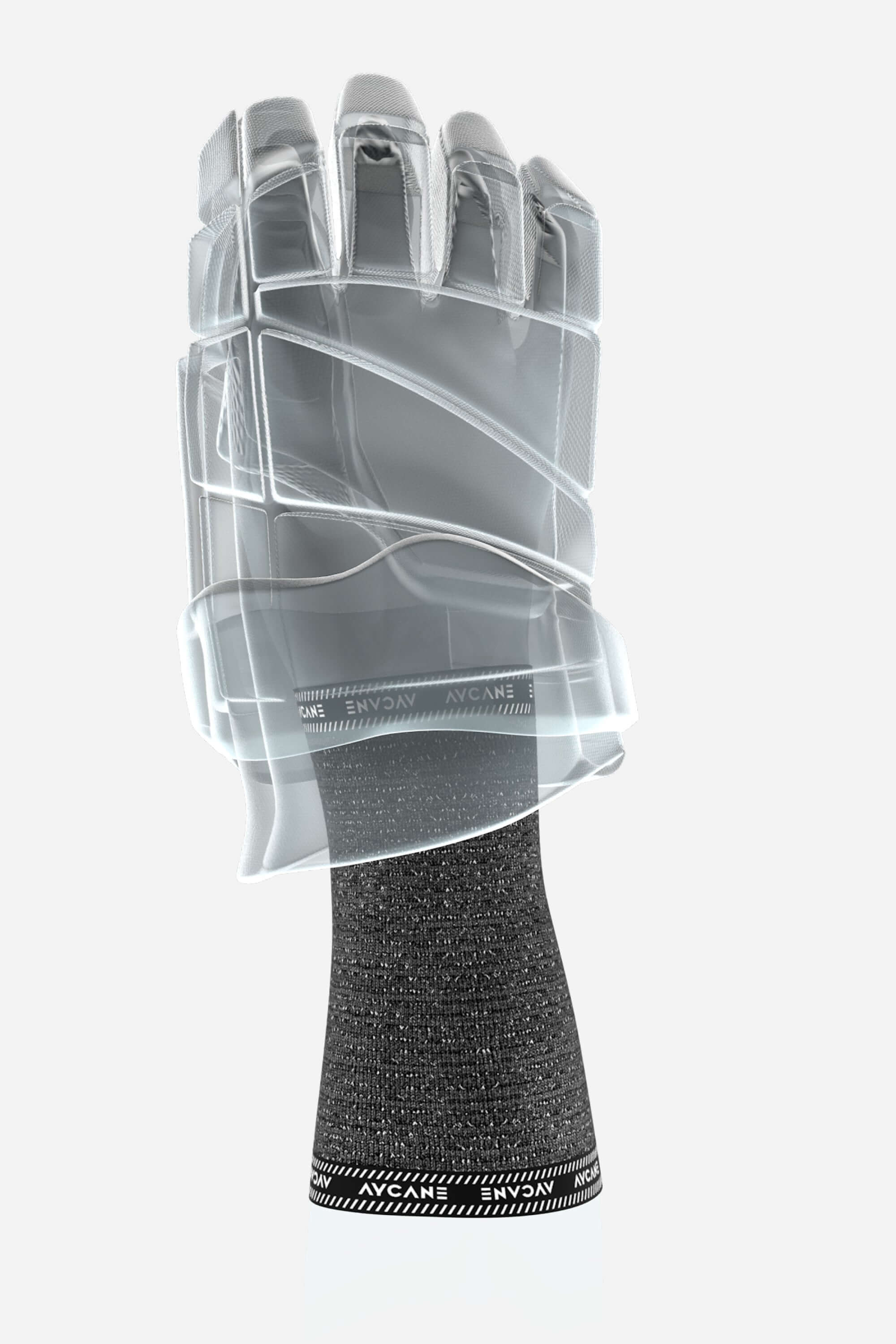The Sound of Hockey: How the Acoustics of the Rink Affect Player Communication and Strategy
Ice hockey is a sport that engages all of our senses. The brisk glide of skates on ice, the sharp crack of sticks against pucks, and the roar of the crowd are all part of what makes the game so enthralling. But what about the sounds we don't consciously notice—the subtle acoustics of the rink?

In this blog post, we delve into the fascinating world of how the acoustics of a hockey rink can affect player communication and strategic decision-making.
The Rink as an Acoustic Environment
A hockey rink is a unique acoustic environment. It's a large, enclosed space with hard, reflective surfaces—usually concrete or metal, with high walls and a roof. This environment presents several acoustical characteristics that can influence player perception and decision-making.
Communication on the Ice
One of the most significant impacts of rink acoustics is on player communication. On the ice, players need to communicate swiftly and effectively to coordinate plays and strategies. However, the acoustics of the rink can alter the way sound travels.
-
Reverberation: The reflective surfaces of the rink can cause sound to reverberate, making it challenging for players to determine the source of a sound. This can affect their ability to communicate and react to plays.
-
Sound Absorption: Some rinks may have materials in place to absorb sound, reducing the echoes and reverberations. These features can help create a more controlled acoustic environment.
-
Echoes and Distortion: When players shout, the sound can bounce off the walls and create echoes, which can lead to distorted or delayed auditory feedback. Players must adapt to these acoustic challenges.
Strategic Implications
Rink acoustics also have strategic implications. Coaches and players may use the acoustics of the rink to their advantage or exploit the challenges it presents.
-
Signal Distortion: In a noisy, echoing rink, signals or instructions from the bench might be misheard or misunderstood. Coaches need to consider this when devising strategies.
-
Home-Ice Advantage: Teams that are familiar with the unique acoustics of their home rink can use this knowledge to their benefit. They may develop specialized communication codes or strategies tailored to their specific rink's acoustics.
-
Goalie Communication: Goaltenders rely heavily on communication from their defensemen to track the puck and respond to plays. The acoustics of the rink can influence how effectively they receive and interpret these cues.
Technology and Adaptation
In recent years, technology has been harnessed to mitigate the challenges of rink acoustics. Communication systems using earpieces and microphones have become commonplace in the sport, allowing players and coaches to communicate more clearly and discreetly.
Furthermore, players and coaches have learned to adapt to the unique acoustics of their rink by developing non-verbal communication and using hand signals or specific on-ice cues.
Conclusion
The acoustics of a hockey rink might not be the first thing that comes to mind when thinking about the sport, but they play a significant role in player communication and strategic decision-making.
Understanding the impact of sound in the rink can provide players and coaches with a competitive edge, ensuring that they can adapt to the challenges and opportunities presented by the unique acoustic environment of their home rink. Ice hockey isn't just about what you see and feel; it's also about what you hear.
























